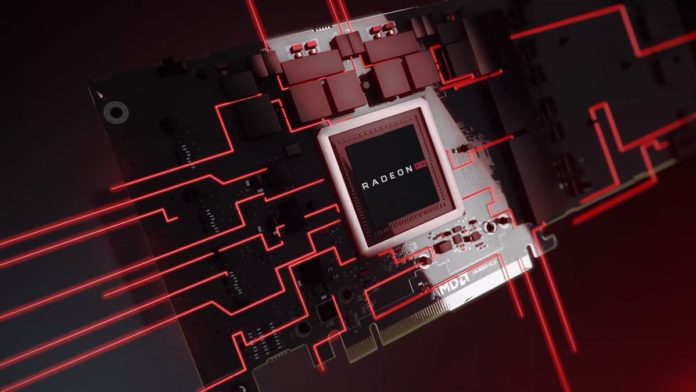AMD’s pre-Computex press conference is less than ten days away now, and as expected, data has started pouring in from various sources about the company’s upcoming CPUs and GPUs. Yesterday, we shared the SiSoft bench of a 32 core Zen 2 based Epyc processor and today we’ve got some info about two Navi parts. These leaks come from TUM_APISAK via Twitter who has posted details about two different variants based on the upcoming 7nm architecture.

The first one, a partial shot of the Ashes of the Singularity benchmark just reveals the device ID of the GPU, 7310:00. Other than that, we don’t really know anything else. The second leak, however, is more substantial and it consists of not just the specs but also a DX11 based benchmark. With a device ID, ‘731F: C1’ this seems to be a low-end product. The 3DMark listing mentions it having 8GB of VRAM clocked at 1,250MHz, indicating that it’ll probably feature GDDR5 memory and a core clock of 1GHz.

Related:
Intel Xeon Server CPU Roadmap Leaked: 48 Core Cooper Lake in Q1 2020, 10nm…
Next, we also have the GFXbench score of this Navi GPU, where its performance is rather tame. In the Manhattan test, it nets a measly score of 54.5FPS which is even slower than the

What does this mean? Will AMD’s Navi be a Low-End GPU
Well, to be honest, I can’t say for sure but that’s unlikely. This is because, in the low-end territory, the RX 570 is still the undisputed champion and releasing a few more cards in the same segment (based on
Read more:
16 Core AMD Ryzen 3000 Benchmark Leaked, Zen 2 IPC 10% Higher than


